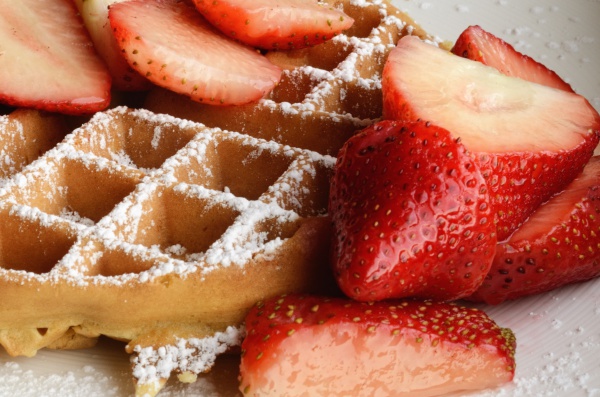Facts About Belgian waffle
Belgian waffles have emerged as a breakfast staple in North America, celebrated for their light, airy texture, large squares, and deep pockets that perfectly accommodate a variety of delectable toppings. Unlike American waffles, traditional Belgian waffles were originally made with yeast, though many contemporary recipes substitute baking powder.
These waffles are remarkably versatile and can be savored in numerous ways. For breakfast, they’re often adorned with whipped cream, fresh fruit, chocolate spread, syrup, or butter. They also make an exquisite dessert when paired with vanilla ice cream and fresh fruit. In Belgium, a variety of waffle types exist, with Brussels waffles and Liège waffles being the most well-known.
The journey of Belgian waffles to North America is quite fascinating. They made their debut at Expo 58 in Brussels in 1958. Four years later, Belgian native Walter Cleyman introduced them to North America at the Century 21 Exposition in Seattle. However, it was at the 1964 New York World's Fair that Belgian waffles truly gained popularity, thanks to Maurice Vermersch from Brussels. He served them with whipped cream and strawberries, a combination that quickly captivated American taste buds. To make them more appealing to an American audience unfamiliar with Brussels, Vermersch cleverly rebranded them as "Bel-Gem Waffles." Priced at just a dollar, these waffles soon became a sensation across the United States.
So, the next time you enjoy a Belgian waffle, you'll appreciate the rich history and the journey these delightful treats undertook to become a cherished breakfast tradition!

 Luxembourg
Luxembourg